
Meet the Fluffy, Funky and Fabulous Native Bees That Call the U.S. Home
Scientists estimate there are about 4,000 species of native bees in the U.S.—and they’re both cooler and ecologically more important than honeybees
Meghan Bartels is a science journalist based in New York City. She joined Scientific American in 2023 and is now a senior news reporter there. Previously, she spent more than four years as a writer and editor at Space.com, as well as nearly a year as a science reporter at Newsweek, where she focused on space and Earth science. Her writing has also appeared in Audubon, Nautilus, Astronomy and Smithsonian, among other publications. She attended Georgetown University and earned a master’s degree in journalism at New York University’s Science, Health and Environmental Reporting Program.

Meet the Fluffy, Funky and Fabulous Native Bees That Call the U.S. Home
Scientists estimate there are about 4,000 species of native bees in the U.S.—and they’re both cooler and ecologically more important than honeybees
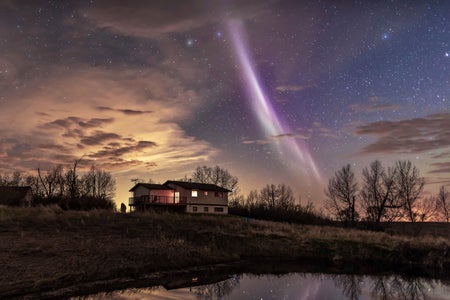
Aurora Scientists Enlist Private Astronauts on Unusual Space Mission
The commercial astronauts onboard SpaceX’s Fram2 mission are flying closer to Earth’s poles than anyone has before, offering an intriguing opportunity for auroral science
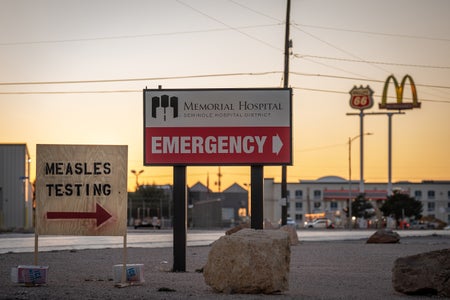
Five Reasons Measles Outbreaks Are Worse Than You Think—And Why Vaccination Matters
Measles is not a disease to take lightly—but it is also very preventable with vaccines

The Science behind Tariffs and How They Work
President Donald Trump is threatening steep tariffs on virtually all imports. Here’s what that means and what economics research suggests would be the impact
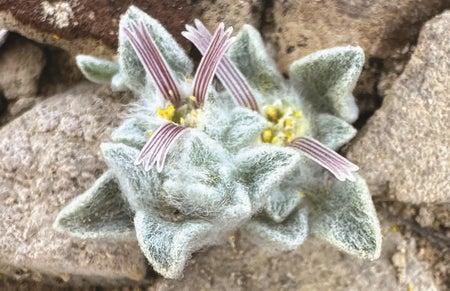
Meet the ‘Woolly Devil,’ the Strangest Sunflower You’ve Ever Seen
A tiny, woolly flower found hiding in Texas’s Big Bend National Park shows the intriguing strangeness of sunflowers
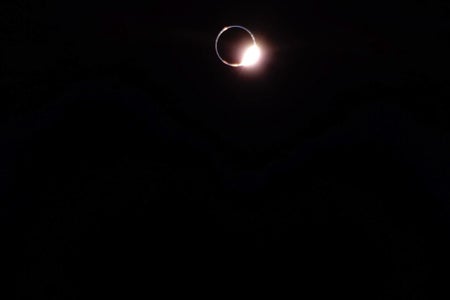
Wow! Blue Ghost Captures Total Lunar Eclipse from the Moon
Firefly Aerospace’s Blue Ghost Mission 1 lunar lander snapped incredible photographs of the March 13–14 total lunar eclipse, as seen from the moon
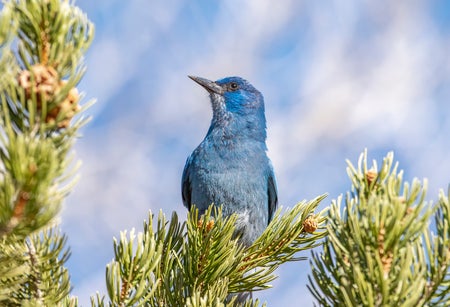
Birds Are in Trouble across the U.S. But It’s Not Too Late to Protect Them
In the U.S. 42 species of birds have low and steeply declining populations that put them on the brink of disaster, scientists say
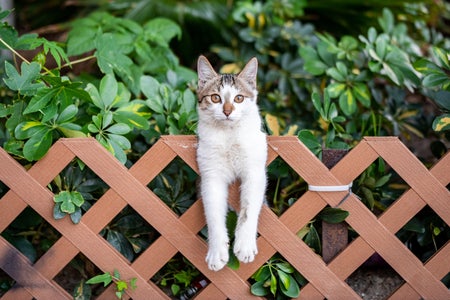
The Latest on Bird Flu Research, Infected Cats, and More
No new human cases of avian influenza have been reported, and poultry infections are low so far in March. But infections in cats are continuing, and new research is raising concerns about the virus

COVID Pandemic Fatigue Has Left the U.S. Vulnerable to New Threats
The “quarantine fatigue” of 2020 became an ongoing “pandemic fatigue,” a complex set of emotions that continues to affect the nation
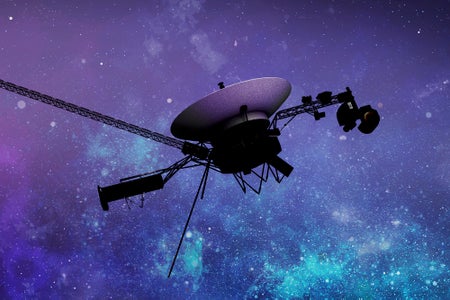
NASA’s Voyager Probes Lose One Instrument Each as Power Wanes
NASA’s twin Voyager probes, which launched in 1977, are the longest-running missions to send data home. But as their power supplies wane, scientists are saying goodbye to one instrument on each spacecraft
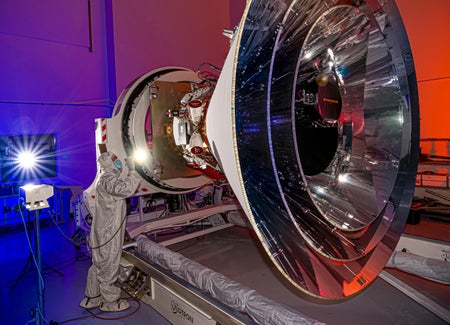
New NASA Space Telescope Will See the Universe in 102 Colors
NASA’s SPHEREx mission will survey the entire sky in 102 different “colors” of light, offering scientists an unprecedented look at the earliest days of the universe and much more
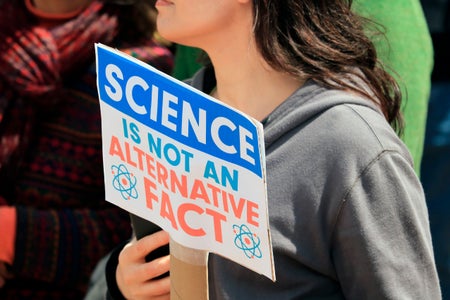
‘Stand Up for Science’ Rallies Will Protest Trump Attacks on Research
Amid President Donald Trump’s attacks on government scientists and science funding, researchers are arranging rallies to “Stand Up for Science” in Washington, D.C., and nationwide on March 7
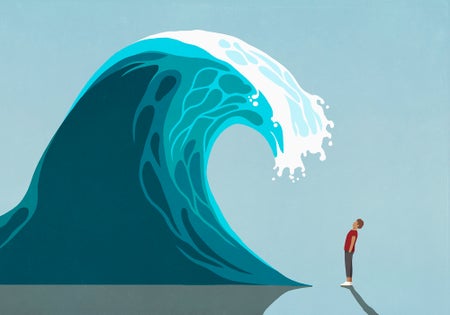
Why the News Feels Overwhelming—And How to Cope
An explanation of the science behind news fatigue, plus expert advice to take control and protect your well-being while staying engaged
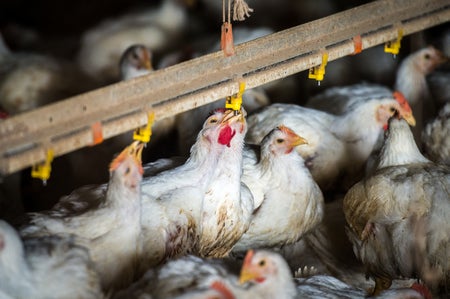
The Latest on Bird Flu in Humans, Chickens, and More
Bird flu headlines include three new human cases, millions of dead birds in poultry flocks and new personnel moves from the Trump administration
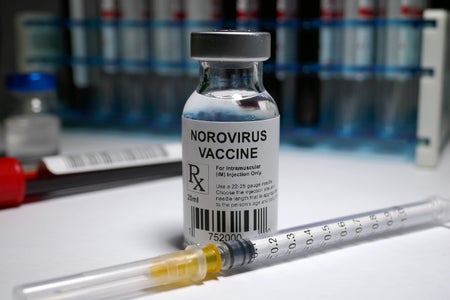
A Vaccine for the Dreaded Norovirus Is Closer Than Ever
Norovirus infection rates are extremely high this year, raising the question: Why can’t a vaccine protect us from the stomach bug?
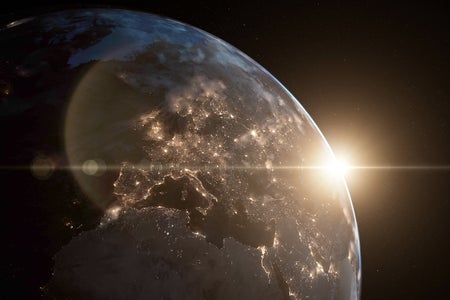
The Most Energetic Neutrino Ever Seen Makes a Mediterranean Splash
A “ghost particle” discovered by a detector in the Mediterranean carried 30 times more energy than any neutrino observed to date
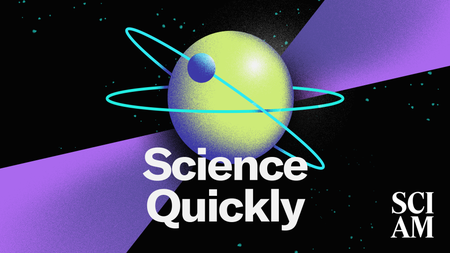
Why 2025 Is an Exciting Year in Heliophysics
From space weather to science missions, there’s a lot to be excited about in heliophysics this year.
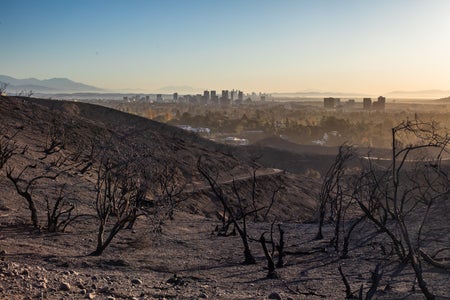
Rain Is Coming to Fire-Scarred Los Angeles and Will Bring Its Own Risks
The Los Angeles area is expecting rain increasing the risk of debris slides in the wildfire-scarred landscape
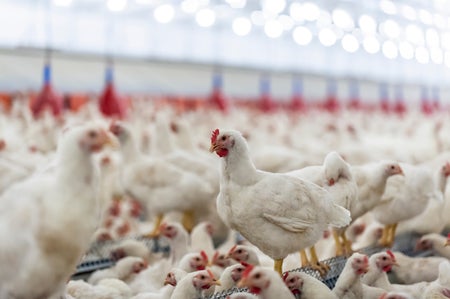
The Latest on Bird Flu in Humans, Cats and Chickens
H5N1 avian influenza continues to spread amid commercial and backyard poultry, and additional cases have been reported in domestic cats
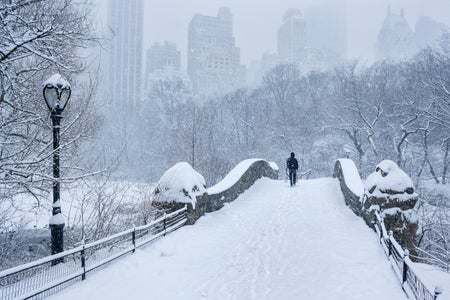
Why Does Snow Bring Childlike Joy?
Snow’s appeal is more than just a fond nostalgia for childhood days away from school

Peeing Is Contagious among Chimps
Just as people often yawn or scratch themselves when they see someone else do so, for chimpanzees, peeing is contagious
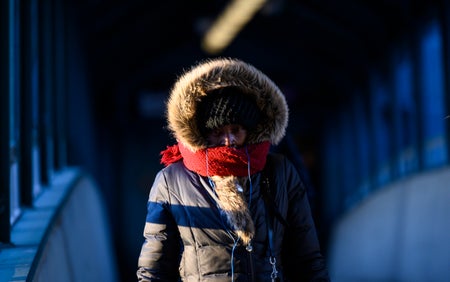
How the Polar Vortex Can Bring Arctic Blasts to the U.S.
Vast weather patterns can carry blasts of frigid air far from the polar regions—here’s how it works
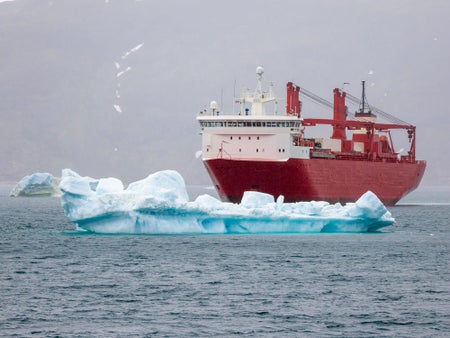
Why Does Greenland Interest Trump? Climate Change Is Only Part of the Story
Arctic shipping routes and burgeoning mining opportunities may be part of Greenland’s appeal to President-elect Donald Trump, but each comes with challenges as well
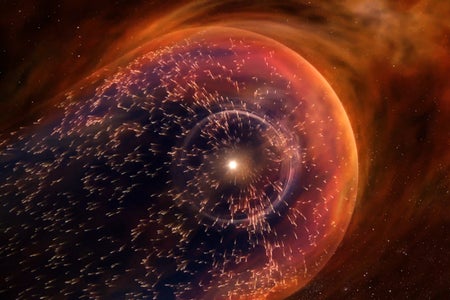
Heliophysics Is Set to Shine in 2025
The science of the sun and its effects on the solar system is a sprawling discipline that expects a very exciting 2025